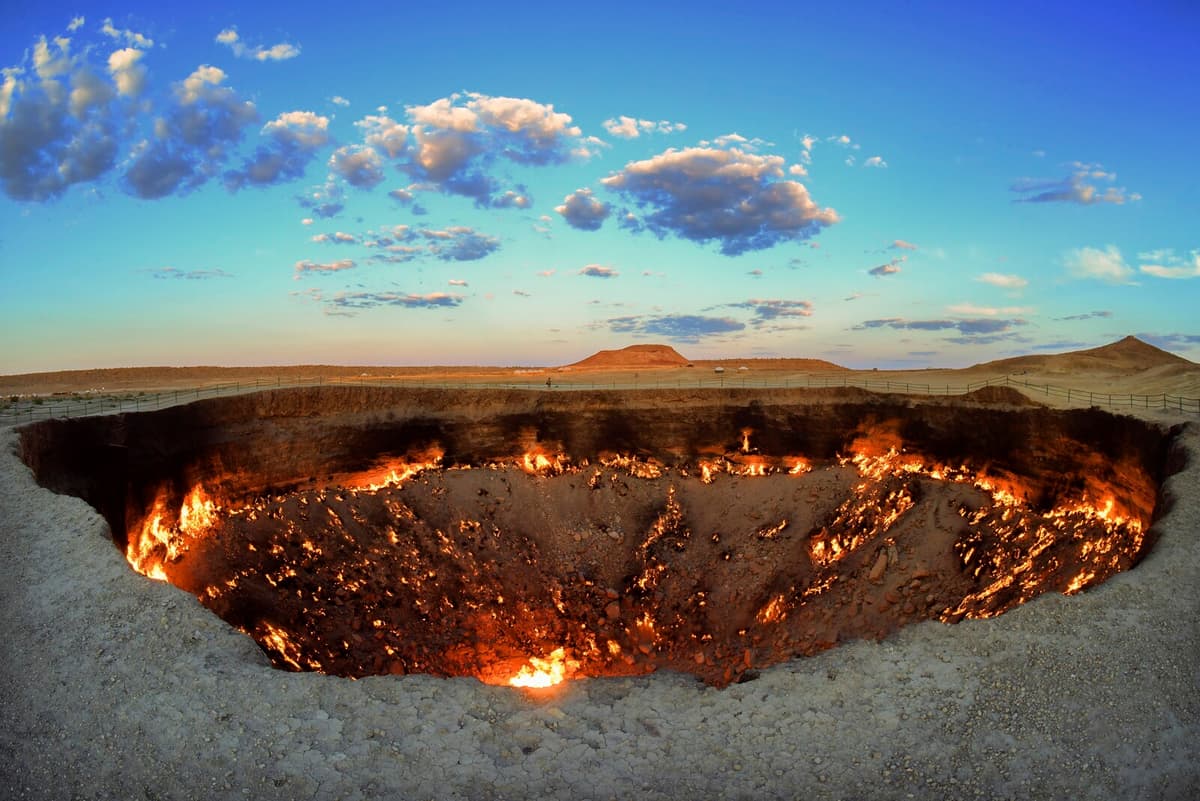The gas leak, which has earned the nickname Hell's Gate, occurred in the Karakum Desert when Soviet gas drillers accidentally opened an underground gas well in 1971 – followed by the decision to set fire to the emissions.
Since then, the extensive flame from a crater with a diameter of around 70 meters has become a tourist attraction. But the gas leak has also led to massive emissions of methane gas.
The authorities now report that the extent of the flame in the Derweze area has decreased significantly, without going into detail about how long the work has been ongoing to reduce the leak.
Earlier, a huge glow was visible several kilometers away – that's why the name Hell's Gate – but now only a tiny bit of combustion remains, says Irina Lurjeva, who is the head of the country's state-owned energy company Turkmengaz.
The IEA, which is the energy cooperation organization of OECD countries, has previously stated that the gas leak has been the largest single emission of the powerful greenhouse gas on Earth, which has been denied by the Turkmen authorities.





